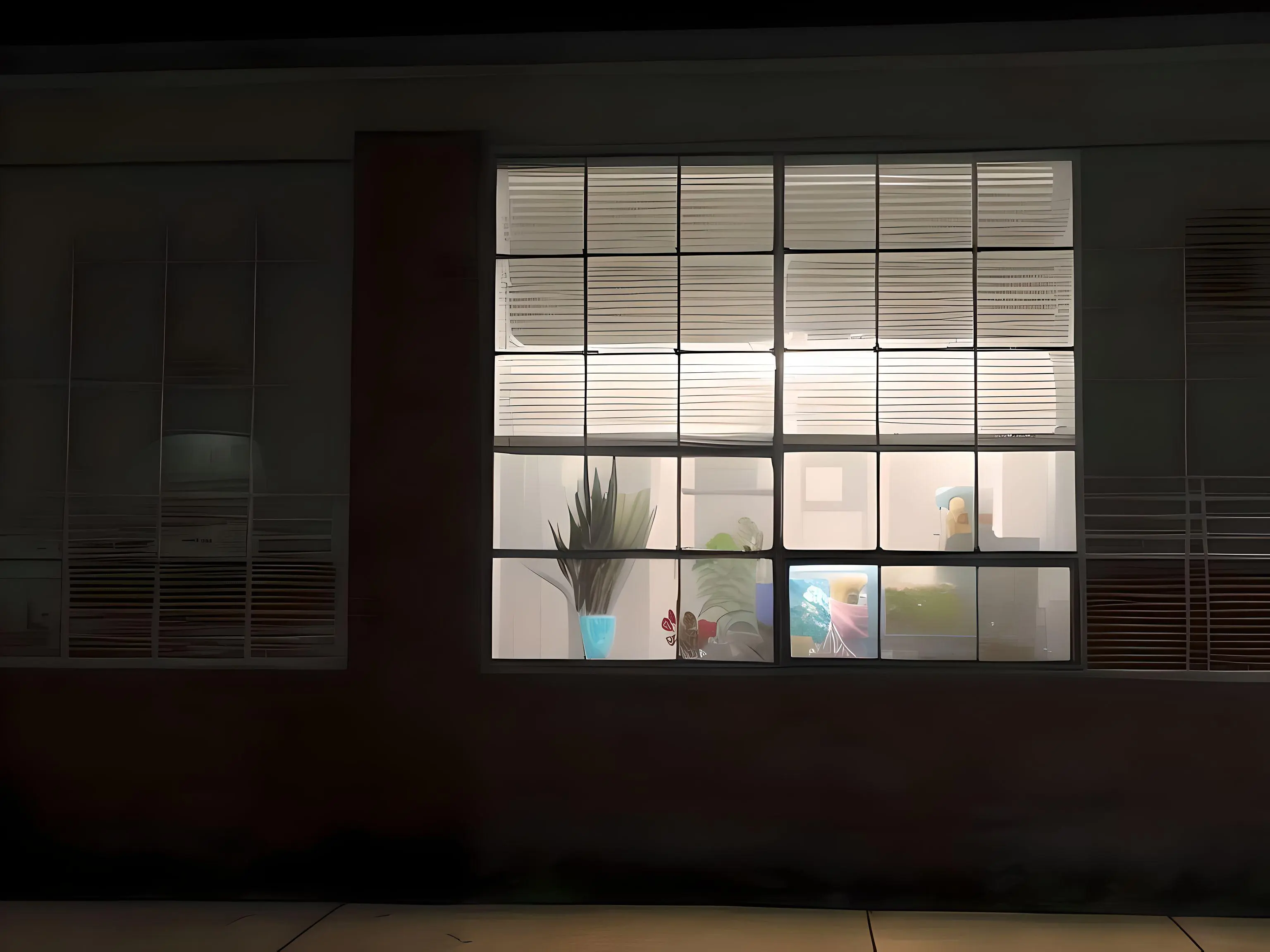Not sure if that would count as “for ends of public utility”. Anyone experienced in this field? This would take a city size amount of farmland for the downtown and most of the city (I think any small towns caught up in the boundaries would be incorporated into it).
This would be kicked off with federal offices, but not necessarily political capitol. There are a ton of federal jobs that really don’t need to be located in a high cost of living area.
The term “eminent domain” was taken from the legal treatise De jure belli ac pacis (On the Law of War and Peace), written by the Dutch jurist Hugo Grotius in 1625,[5] which used the term dominium eminens (Latin for “supreme ownership”) and described the power as follows:
The property of subjects is under the eminent domain of the state, so that the state or those who act for it may use and even alienate and destroy such property, not only in the case of extreme necessity, in which even private persons have a right over the property of others, but for ends of public utility, to which ends those who founded civil society must be supposed to have intended that private ends should give way. But, when this is done, the state is bound to make good the loss to those who lose their property.
Your purpose would be to allow a ton of federal jobs in a low col area? That would destroy the towns from where they move and create a new high col area.
Existing cities have lots of other businesses, they can survive without the fed jobs. And those lots of other businesses are what causes high COL. High population without room to grow.
Every state in the US reserves eminent domain. Meaning you don’t truly own your land anyway. You just have a reserved right to that land which can be removed at anytime. However you are required to be compensated under the Fifth Amendment
I started writing up a summary myself, but I started to realize it was looking like a college term paper and this summarizes it much better lol.
Why waste time say lot word when few word do trick?
Because my ADHD.
This is basically how the city of Richland, Washington came into its present form. During the Manhattan Project the federal government took over the town and some adjacent villages, evicting about 300 people, and built it into a bedroom community that eventually housed about 25,000 people for the nearby Hanford site.
I’m not an expert, but I did just listen to a podcast on this (which basically makes me an expert, right?)
I think yes, technically, legally the federal government could. ‘Kelo v. City Of New London’ ruled that purely economic development was a sufficient justification for using the takings power (eminent domain). The reaction by most states was to make their own laws limiting eminent domain powers so that the Kelo situation couldn’t happen with the state government, but the federal government has never passed laws limiting its powers. Bills to limit federal power like S.1313 were introduced but never passed.
Link to podcast?
The Prosecutors: Legal Briefs, episode 117.
The show is hosted by two prosecutors, so in various episodes on criminal cases their opinions skew heavily pro-prosecutor, but when laying out facts like going through a SCOTUS case they tend to be more fact based and less opinion based, I have found.
You also now qualify to to teach college in the state of Florida
They might be over-qualified, actually.
Probably only if that city was a new planned capitol like the CBC has suggested be developed on the Republican River.
Oh I missed that I’m thinking this would be for federal offices. Not sure about political capital like congress just because, but we have a ton of federal workers that really don’t need to be located in a high cost of living area.
See that could be pretty easily achieved without eminent domain.
If you announced the program you’d probably have cities bidding against each other to host this department or that.
You’d probably have to create whole new departments just to appease cities and states that ended up not getting offices that you want to keep political capital with.
Establishing a Department of Language Accomodation in Queens would probably be the safe bet to test this kind of shenaniganery with.
A new downtown would make a subway very easy and cheap to build, you could cut and cover instead of tunnelling. Cheeeaaap land for huge offices, roads, and even houses. Whenever you try to scale up an existing town/city you run into all the old problems of land and layout problems. Cities bidding against each other would be short term appealing but more expensive when it comes to building everything. Green field is just so cheap.
From an urban planning perspective, there are some caveats to your points:
A new downtown would make a subway very easy and cheap to build, you could cut and cover instead of tunnelling
Cut-and-cover will make shallow underground tunnels cheaper to construct in almost all cases irrespective of building in an old city center or as part of building a new city center from scratch. In fact, older pre-WW2 cities are almost ideal for cut-and-cover because the tunnels can follow the street grid, yielding a tunnel which will be near to already-built destinations, while minimizing costly curves.
Probably the worst scenario for cut-and-cover is when the surface street has unnecessary curves and detours (eg American suburban arterials). So either the tunnel follows the curve and becomes weirdly farther from major destinations, or it’s built in segments using cut-and-cover where possible and digging for the rest.
Cheeeaaap land for huge offices, roads, and even houses
At least in America, where agricultural land at the edges of metropolitan areas is still cheap, the last 70 years do not suggest huge roads, huge offices, and huge house lead to a utopia. Instead, we just get car-dependency and sprawl, as well as dead shopping malls. The benefits of this accrued to the prior generations, who wheeled-and-dealed in speculative suburban house flipping, and saddled cities with sprawling infrastructure that the existing tax base cannot afford.
Green field is just so cheap.
It is, until it isn’t. Greenfield development “would be short term appealing but still expensive when it comes to building everything”. It’s a rare case in America where post-WW2 greenfield housing or commercial developments pay sufficient tax to maintain the municipal services those developments require.
Look at any one municipal utility and it becomes apparent that the costs scale by length or area, but the revenue scales by businesses/households. The math doesn’t suggest we need Singapore-levels of density, but constant sprawling expansion will put American cities on the brink of bankruptcy. As it stands, regressive property tax policies result in dense neighborhoods subsidizing sprawling neighborhood, but with nothing in return except more traffic and wastewater.
Either these cities must be permitted to somehow break away from their failed and costly suburban experiments, or the costs must be internalized upon greenfield development, which might not make it cheap anymore.
's a rare case in America where post-WW2 greenfield housing or commercial developments pay sufficient tax to maintain the municipal services those developments require.
that is the strongtowns message but it is false. suburbs have existed since the streetcars and in that time added rebuilt the roads many time added and replaced many pipes. If you assume everything needs to be replaced every 20 years as accounting depreciation does it can look like the money isn’t there but most things last longer and even where they don’t it is often only a partial replacement needed and so the rebuild is much cheaper.
There a huge difference between cut and cover in a green field, vs cut and cover in an existing downtown. Huge. That’s if you can even do it in an existing downtown because of the road alignment and existing underground utilities. It’s really unlikely you can do cut and cover in an existing city and that’s the whole problem. Greenfield you can do with side slope instead of shoring, one story deep instead of two because you can plan out exits to not interfere with an existing road, and no conflicts with traffic/utilities/buildings/noise mitigation to snarl everything up. And when you get out of the planned core you can run it on the surface and still grade separate crossing, which is cheap.
the last 70 years do not suggest huge roads, huge offices, and huge house lead to a utopia.
I’m sorry but this is really twisting what I said. I didn’t say huge roads, I simply said roads (although I can see how that can be misread).
Huge (tall) offices are the whole point, you relocate big offices and lots of jobs. With easy access to subways. That does not mean car dependency. It’s actually the other way around, a bunch of short rise offices quickly become too far away from a subway line.
Nor did I say huge houses, I simply said houses. I could include apartments in there too.
Car dependency depends on the city design, it’s not inherent to the existence of offices and roads. And the whole point of a designed city is you can get the space for cheap subways and space for bike paths without having to cram them into an existing road system. The existing road system is the thorn in the way of subway, transit, trains, and bike paths. Trying to cram all this into existing road system usually doesn’t work, and if you can it gets to be extremely expensive for a subpar system.
a rare case in America where post-WW2 greenfield housing or commercial developments
This is not simply housing or a business park on the edge of an existing city which is usually done in car dependency sprawl style. I’m suggesting a new city.
constant sprawling expansion
Yeah you really seem to think I’m demanding sprawl when I’m not. I don’t know if your twisting is intentional or not but it’s at the point that I think I’m going to end this conversation. It’s really far from my original question anyway.





